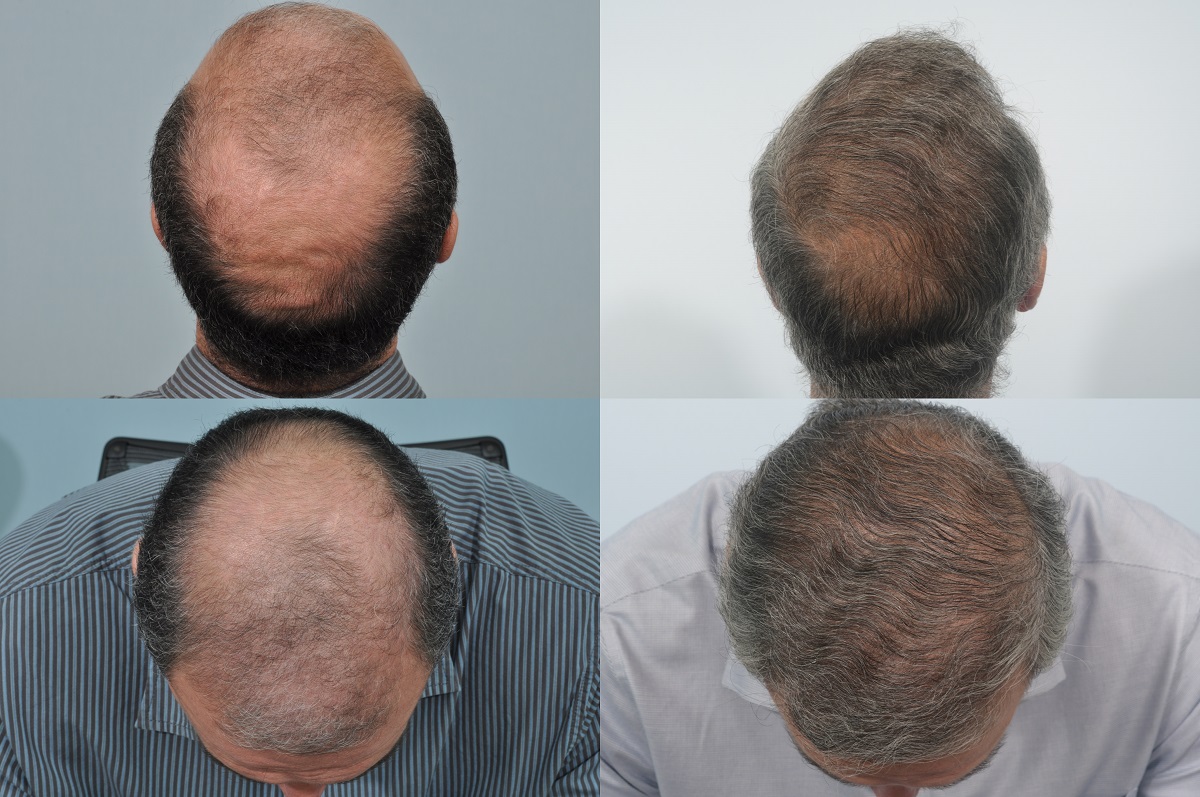
The contemplation of a hair transplant often brings with it a host of questions, yet few are as immediate and practical as the inquiry into the time commitment: exactly how long does the surgical procedure take? The answer is never a simple number of hours, as the duration is intrinsically linked to the meticulous, step-by-step nature of the operation, the specific technique employed, and a constellation of individual patient factors. It is a process that necessitates precision and patience, transforming a standard cosmetic surgery into a day-long investment of time that directly impacts the subtlety and final quality of the aesthetic outcome. Rushing the process invariably introduces risks to the delicate follicular grafts, making a longer, more deliberate session often the hallmark of a committed, high-quality approach.
The answer is never a simple number of hours, as the duration is intrinsically linked to the meticulous, step-by-step nature of the operation
The total time spent in the clinic on the day of the procedure, from the moment a patient arrives until they are ready for discharge, typically spans a significant portion of a day, frequently ranging from four to ten hours. This window encompasses much more than the active surgical component itself. The initial phase involves essential pre-operative preparation, which includes a final, detailed consultation to confirm the hairline design and graft distribution, the careful trimming or shaving of the donor area, and the application of local anesthesia. These preparatory steps, while seemingly minor, are crucial for patient comfort and can consume between thirty minutes and a full hour. The local anesthetic must be administered strategically and allowed sufficient time to take full effect, ensuring the patient remains entirely comfortable throughout the intensive hours of the procedure that follow.
The total time spent in the clinic on the day of the procedure, from the moment a patient arrives until they are ready for discharge, typically spans a significant portion of a day
A major determinant of the overall surgical length is the choice between the two primary methodologies: Follicular Unit Extraction (FUE) and Follicular Unit Transplantation (FUT). The FUE technique, which involves the individual, manual or motorized extraction of follicular units from the donor area, is inherently a more time-intensive process. Each unit must be carefully isolated and removed using a micro-punch tool, often taking two to four hours for a standard session, depending on the required graft count. The need for this high level of precision, executed thousands of times over, accounts for why an FUE procedure generally falls into the longer end of the spectrum, typically between six and eight hours. This approach prioritizes minimizing linear scarring and accelerating localized donor site recovery, demanding a corresponding trade-off in procedural duration.
The FUE technique, which involves the individual, manual or motorized extraction of follicular units from the donor area, is inherently a more time-intensive process
In contrast, the Follicular Unit Transplantation (FUT), or ‘strip method,’ often involves a shorter surgical duration, usually settling between four and six hours. This time difference stems from the donor harvesting phase: instead of individual extraction, a single strip of scalp tissue is surgically removed. The primary time commitment in FUT shifts from the patient’s chair to the hands of a specialized surgical team working at microscopes, who meticulously dissect the harvested strip into thousands of individual follicular units while the surgeon prepares the recipient sites. Since the surgeon completes the strip removal relatively quickly, the patient spends less time under active surgical manipulation than in the FUE method, making FUT a potentially faster option for large graft numbers, though it comes with the consequence of a linear donor scar.
This time difference stems from the donor harvesting phase: instead of individual extraction, a single strip of scalp tissue is surgically removed
Beyond the technique, the sheer magnitude of the area being treated serves as an overriding factor in calculating the required time. Simply put, a patient presenting with an extensive degree of hair loss, corresponding to a higher Norwood classification, will necessitate the transplantation of a significantly greater volume of follicular units to achieve a respectable density and coverage. A smaller case requiring perhaps 500 to 1,000 grafts might only occupy three to four hours of active surgery. Conversely, a mega-session demanding 2,500 to 4,000 grafts will push the limits of a single day, often extending the duration to eight or even ten hours, or occasionally being scheduled over two consecutive days to ensure the viability of the grafts and maintain surgical team focus.
A patient presenting with an extensive degree of hair loss, corresponding to a higher Norwood classification, will necessitate the transplantation of a significantly greater volume of follicular units
The technical demands of the graft placement phase, regardless of the harvesting method, introduce a further time element that cannot be rushed. The surgeon and their technicians must create and implant each follicular unit into the recipient area with exacting attention to angle, direction, and density to mimic natural hair growth patterns. Errors in angulation, even slight deviations, can result in an unnatural or ‘pluggy’ appearance. This part of the procedure requires steady hands, meticulous focus, and can easily consume another two to four hours of the total time. The survival and ultimate growth of the transplanted hair are highly dependent on minimizing the time the grafts spend outside the body—known as the ischemic time—which forces the surgical team to work with synchronized speed and accuracy without sacrificing aesthetic quality.
The surgeon and their technicians must create and implant each follicular unit into the recipient area with exacting attention to angle, direction, and density to mimic natural hair growth patterns
The experience and composition of the surgical team are silent but powerful influencers on the entire timeline. A highly skilled and well-coordinated team, featuring an experienced surgeon and specialized technicians trained in rapid, yet gentle, graft handling and dissection, can execute a procedure with greater efficiency. Their proficiency minimizes unnecessary delays, reduces the duration of the critical ‘out-of-body’ period for the grafts, and streamlines the complex coordination required for the meticulous placement phase. Clinics that rely on smaller, less-experienced teams or those where the surgeon delegates too many critical steps often find their procedures lengthening unnecessarily, which can potentially compromise graft viability and diminish the final aesthetic result.
A highly skilled and well-coordinated team, featuring an experienced surgeon and specialized technicians trained in rapid, yet gentle, graft handling and dissection, can execute a procedure with greater efficiency
Patient physiological characteristics, often overlooked in the initial time estimate, can also subtly extend the session. Factors such as pronounced scalp laxity, which affects the ease of strip removal in FUT, or a high incidence of ‘miniaturized’ or multi-hair follicular units, which require more delicate handling and dissection, can add incremental time. Similarly, patients who exhibit more bleeding than average during the extraction phase necessitate additional time for careful hemostasis to ensure the recipient sites are clean before implantation. These unexpected intra-operative variables mandate flexibility in the schedule, underscoring why an all-day commitment is a prudent expectation for anyone undergoing a hair restoration procedure.
Patient physiological characteristics, often overlooked in the initial time estimate, can also subtly extend the session
The time commitment on the day of surgery, however, is merely the initial marker in a much longer process. While the wounds typically heal within the first seven to ten days, the biological timeline for results unfolds over many months. Patients commonly experience ‘shock loss’ within the first few weeks, where the transplanted hairs temporarily shed, a normal and necessary stage. Initial growth, often fine and sparse, becomes noticeable around the three-to-four-month mark. It is not until six to nine months that the hair begins to thicken, and the final, mature density and blending are usually achieved between twelve and eighteen months post-surgery. The hours invested on the surgical day are thus the beginning of a recovery and growth cycle that demands sustained patience and dedication.
It is not until six to nine months that the hair begins to thicken, and the final, mature density and blending are usually achieved between twelve and eighteen months post-surgery
Ultimately, the most critical perspective is understanding that the duration of a hair transplant session is a function of uncompromising quality. While a patient may aim for the shortest time, a surgeon’s primary mandate is the meticulous survival and aesthetic placement of every follicular unit. The hours spent in the chair represent an investment in the thousands of tiny, biologically active grafts that must be handled with care, a process that inherently resists attempts to expedite it without risking the long-term success of the endeavor.
